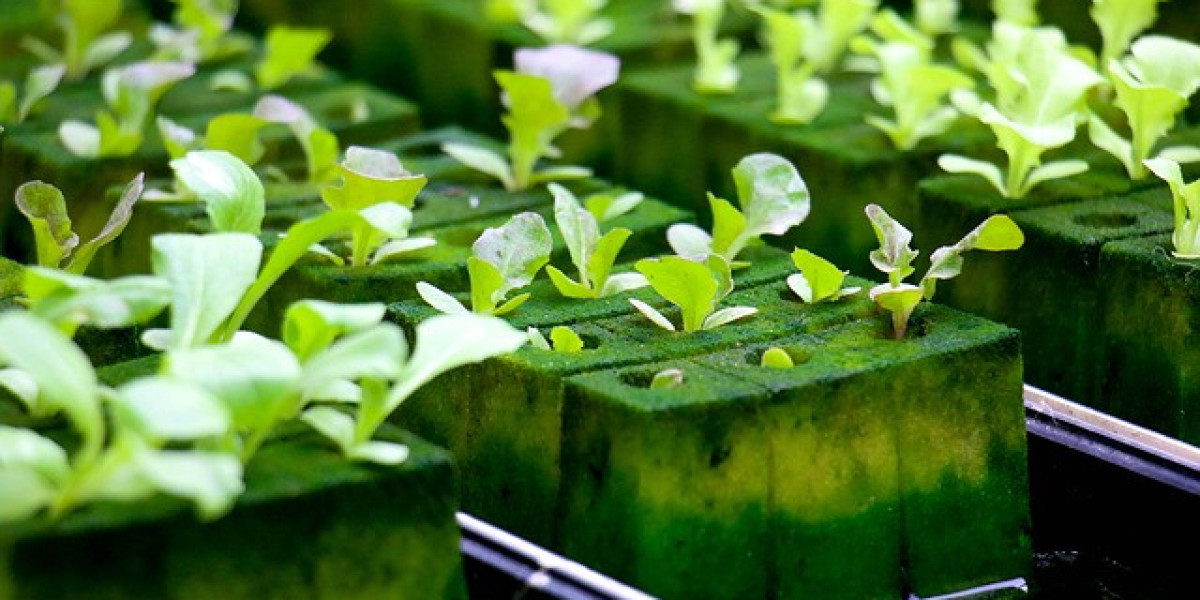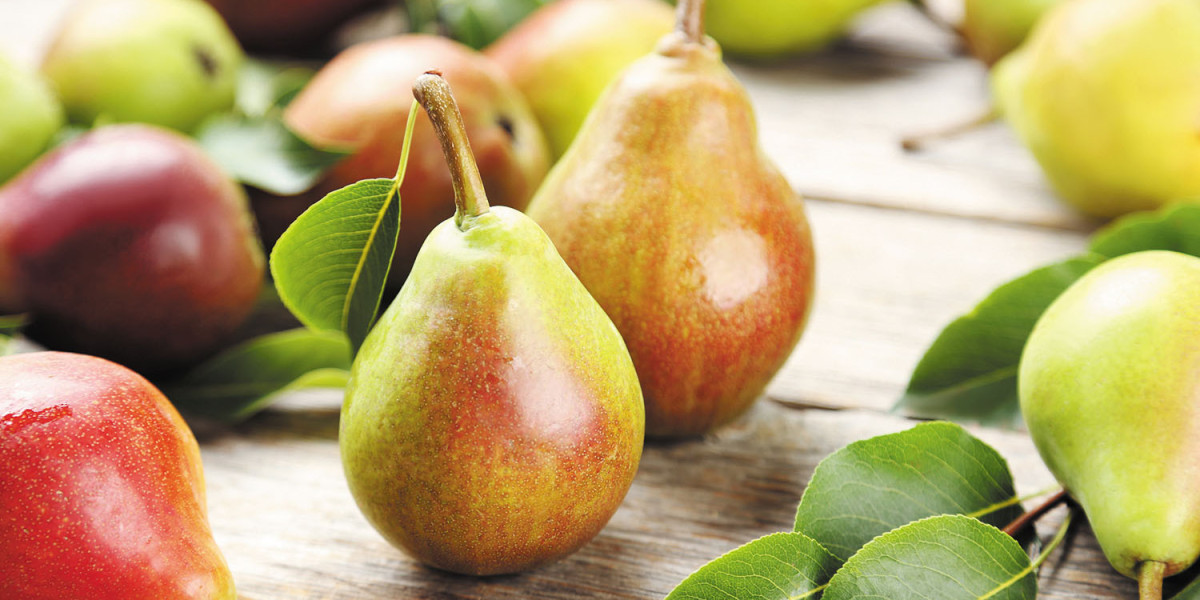The hydroponics market is on a rapid growth trajectory, with 2025 serving as a key milestone in its evolution. As traditional agriculture faces the challenges of soil degradation, climate change, and water scarcity, hydroponics presents a revolutionary solution. This soil-less method of growing plants in nutrient-rich water offers several advantages that make it ideal for the future of farming. In this article, we will analyze the Hydroponics market, examining key trends, drivers, and challenges, as well as the potential market outlook for 2025.
What is Hydroponics?
Hydroponics is an innovative farming technique where plants are grown in water rather than soil. The plants receive nutrients through a water-based solution, allowing for precise control over their growth. This method is highly efficient in terms of water usage, space utilization, and crop yield, making it an attractive alternative to traditional soil-based agriculture, especially in regions with limited resources. The system works well for a variety of crops, including leafy greens, herbs, and even fruits like strawberries and tomatoes.
Market Growth and Size Projections
The hydroponics market is projected to reach a valuation of over USD 20 billion by 2025, growing at a compound annual growth rate (CAGR) of more than 15% from 2020 to 2025. This growth can be attributed to increasing environmental concerns, urbanization, and the demand for sustainable agriculture. As global food production struggles to keep pace with rising population numbers, hydroponics is gaining attention as a viable and scalable solution to meet future food demands.
Key Drivers of Hydroponics Market Growth
- Sustainability and Water Conservation: Hydroponic farming requires significantly less water than traditional farming, making it ideal for regions suffering from water shortages. The ability to recycle water within the system not only conserves resources but also reduces waste, positioning hydroponics as an environmentally friendly choice. In regions facing droughts or harsh climates, hydroponics offers a way to produce food with minimal environmental impact.
- Urbanization and Space Constraints: As cities grow rapidly, space for traditional farming is becoming increasingly limited. Hydroponics systems can be set up in small, urban spaces like rooftops or abandoned buildings, providing fresh, local produce year-round. This is especially important as urban populations rise and the demand for locally sourced food increases. Hydroponic farming offers a solution to urban food security challenges by enabling farmers to grow food within city limits.
- Technological Advancements: The integration of technology in hydroponics is a major growth factor. Automated systems, climate control technologies, and the Internet of Things (IoT) are making hydroponic farming more efficient and scalable. With advancements in monitoring systems, farmers can now track factors such as nutrient levels, water pH, and temperature in real time, ensuring optimal conditions for plant growth. Artificial intelligence (AI) and machine learning are also contributing to improved yields and resource management.
- Consumer Demand for Fresh, Pesticide-Free Produce: There is a growing consumer preference for fresh, locally grown food that is free from pesticides and chemicals. Hydroponic farming, with its controlled environment, reduces the need for pesticides, making it an attractive option for health-conscious consumers. As consumers become more aware of food quality, hydroponic produce is seen as a safe and nutritious alternative to conventionally grown crops.
Challenges Facing the Hydroponics Market
While the hydroponics market shows strong growth potential, several challenges remain. The initial investment for setting up hydroponic systems can be high, particularly for large-scale operations. Additionally, there is a lack of widespread knowledge and expertise, which could limit adoption in certain regions. Furthermore, energy consumption for lighting and climate control can add to operational costs, making it essential to balance technology use with sustainable practices.
Regional Market Trends
The North American and European regions currently dominate the hydroponics market due to technological advancements, government support, and growing demand for sustainable farming solutions. However, the Asia Pacific region is expected to experience the highest growth rate by 2025. Countries like China, Japan, and India are exploring hydroponic farming to ensure food security and reduce the environmental impact of traditional agriculture.
Fore More Info : - https://www.gmiresearch.com/report/hydroponics-market-by-plant-type-inorganic-organic/
Conclusion: A Promising Future for Hydroponics
The hydroponics market in 2025 is set to be a game-changer in sustainable agriculture. With its potential to address critical challenges such as water scarcity, food security, and climate change, hydroponics offers a glimpse into the future of farming. As the market continues to evolve with technological advancements and growing consumer demand for fresh, local food, hydroponics is poised to play a crucial role in shaping the future of food production on a global scale. Despite challenges, the overall outlook for the hydroponics market is overwhelmingly positive, offering exciting opportunities for businesses, investors, and farmers alike.
Email: enquiry@gmiresearch.com
Address: Dublin, Ireland
Website: https://www.gmiresearch.com/
GMI Research – Consulting & Market Research









